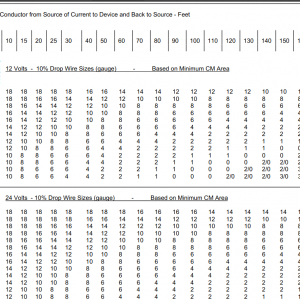Failure Following Mechanical Damage
(full article here)
A very interesting report [4] into the safety of lithium batteries in general was published in 2011 by the Fire Protection Research Foundation. Besides covering a lot of the information already presented here, it provides interesting and uncommon insights:
Mechanical damage (crush or penetration) that occurs at electrode edges is significantly more likely to cause cell thermal runaway than damage perpendicular to electrode surfaces.
This was demonstrated in specific tests in which the narrow edges of the cells were mechanically challenged, rather than their main faces.
The explanation is simple and logical: damage at the edges of the plates tends to lead to folding-over of the electrodes, with significant risks of heavy short-circuit; compression or punctures perpendicular to the plate separators results in much more benign damage in comparison.
I am only aware of one instance where marine lithium batteries may have failed following mechanical damage on a yacht: the crash of the Volvo 70 racer
Team Vestas Wind on offshore coral reefs in the Indian Ocean in 2014.
The investigation report only contains two very succinct mentions of the Mastervolt lithium battery packs present on board, one to indicate that the batteries started venting following the accident and were transported to a nearby beach, and the second to mention that they were later found to have burned themselves out.
The document blames the failure on immersion in seawater, but a simple calculation based on the conductivity of sea water shows that this would only result in discharge currents of a few amps. Water ingress within the cells is also unlikely due to their sealed nature, the lack of water pressure and the fact that the relief valve is designed to open on internal over-pressure.
A tentative explanation is that the shock from the sudden impact at high speed caused the elements within the cell casings to shift, bruising the edges of the plates and creating a short-circuit. The cells themselves were of standard 180Ah/3.2V LiFePO4 prismatic construction.
If the violent impact indeed caused them to short-circuit internally, then it illustrates the foolishness of using large format LFP cells for building marine house banks as some have already done, sometimes resorting to 400Ah or even 700Ah individual units. It would also greatly strengthen the case for mechanically clamping the cells together.



